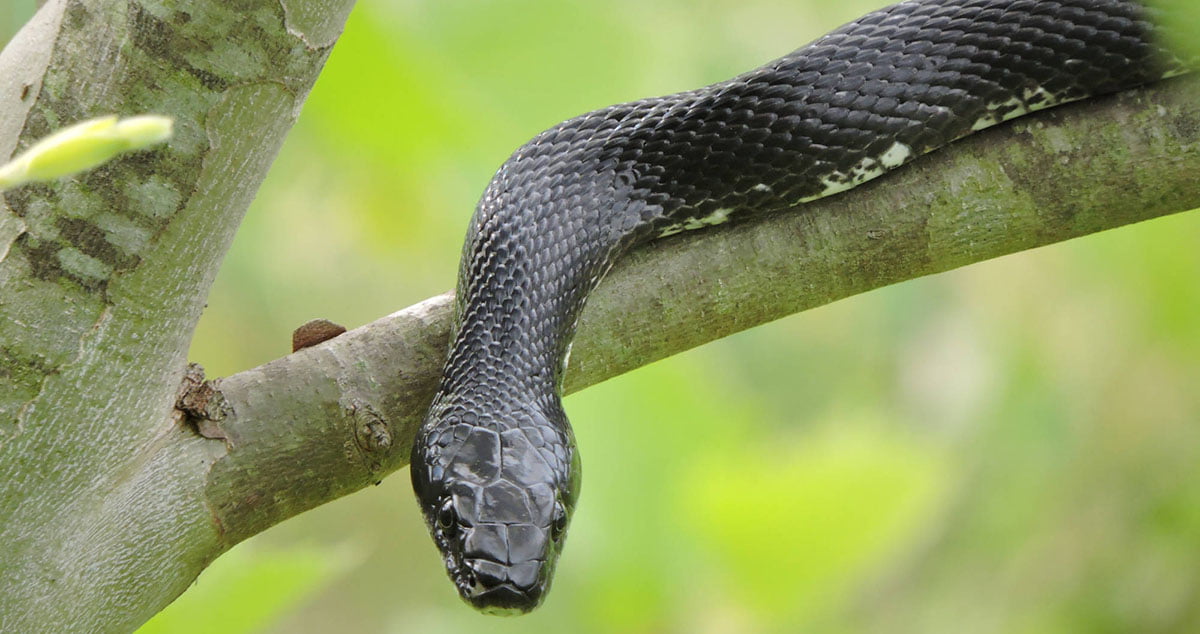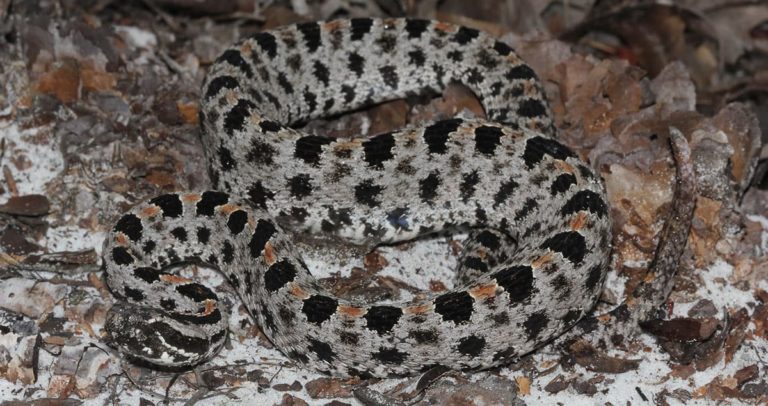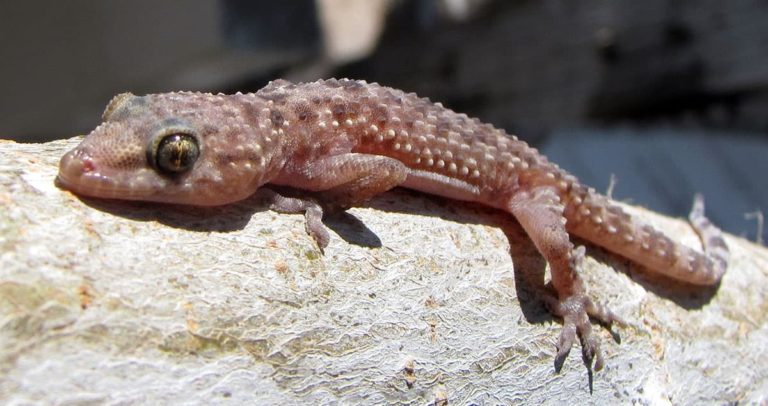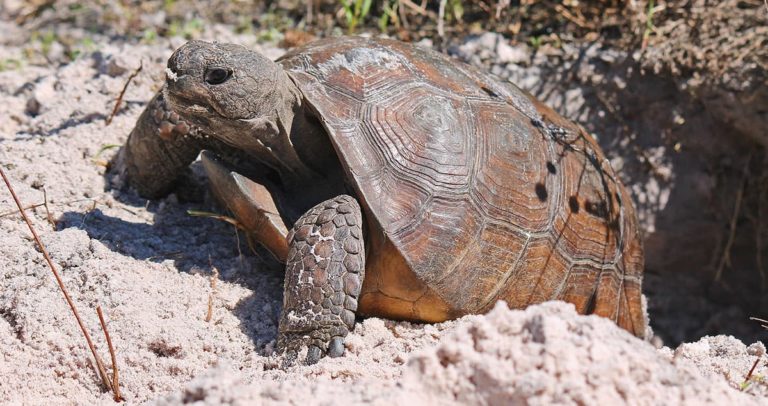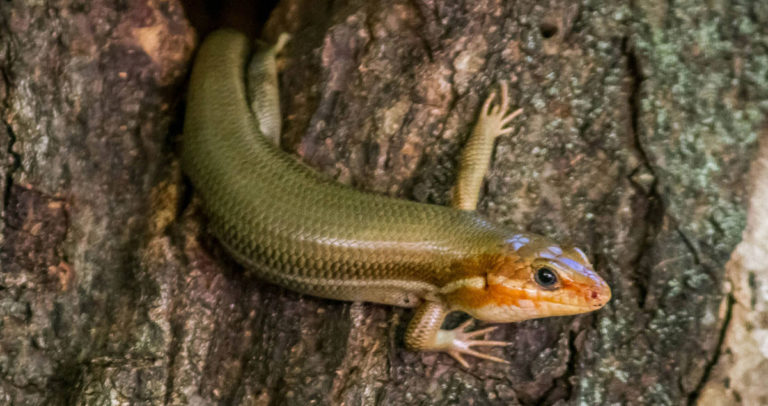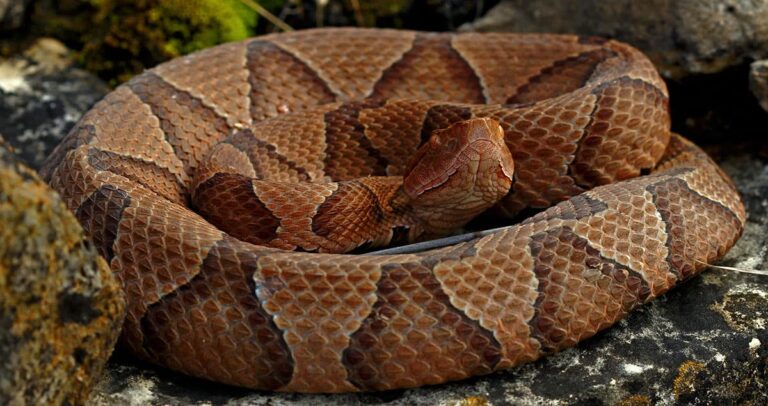A Guide to Black Snakes of Georgia: Identification and Differences
Georgia is home to a diverse array of snake species, including several that are predominantly black in color. These black snakes are often misunderstood or misidentified due to their similar appearances. In this article, we will explore the different black snake species found in Georgia and provide tips for distinguishing them from one another.
Black Snake Species in Georgia
Eastern Ratsnake (Pantherophis alleghaniensis)
The Eastern Ratsnake, also known as the Black Ratsnake, is a large, non-venomous constrictor found throughout Georgia. They can reach lengths of up to 7 feet and are characterized by their black or dark brown coloration with smooth, shiny scales. Juvenile Eastern Ratsnakes have a distinct pattern of blotches that fade into a solid color as they mature. Their bellies have a white or light gray checkerboard pattern, and they have round pupils.
Black Racer (Coluber constrictor)
The Black Racer is a slender, non-venomous snake commonly found in Georgia. They are known for their exceptional speed and agility, as well as their glossy black scales. Adult Black Racers can reach lengths of 4 to 6 feet, and their bellies are usually dark gray to black. Unlike Eastern Ratsnakes, Black Racers have no pattern on their body, and they have round pupils. Juveniles, however, have a blotched pattern that fades as they mature.
Eastern Kingsnake (Lampropeltis getula)
Eastern Kingsnakes are medium-sized, non-venomous snakes that inhabit various habitats throughout Georgia. They are characterized by their black or dark brown coloration with white or cream bands or chain-like patterns. Eastern Kingsnakes typically reach lengths of 3 to 4 feet and have smooth, shiny scales. They are known for their immunity to pit viper venom and are known to eat other snakes, including venomous species.
Eastern Hognose Snake (Heterodon platirhinos)
Though not entirely black, the Eastern Hognose Snake can display dark coloration, including black morphs. They are thick-bodied snakes with a distinctive upturned snout, used for digging in sandy soils. Eastern Hognose Snakes are non-venomous and reach lengths of 2 to 3 feet. They are known for their dramatic defensive displays, such as flattening their neck like a cobra and feigning death when threatened.
Distinguishing Features and Tips for Identification
Body Shape
Examine the body shape of the snake. Black Racers have slender bodies, while Eastern Ratsnakes are more robust. Eastern Kingsnakes are medium-sized with a more rounded body, and Eastern Hognose Snakes have a thick body with a unique upturned snout.
Scale Texture and Shine
Observe the snake’s scales. Eastern Ratsnakes and Eastern Kingsnakes have smooth, shiny scales, while Black Racers have a matte appearance. The Eastern Hognose Snake also has a matte appearance but can be identified by its upturned snout.
Coloration and Pattern
Look for coloration and patterns on the snake’s body. Eastern Ratsnakes have a faint checkerboard pattern on their bellies, while Black Racers have solid dark bellies. Eastern Kingsnakes are marked with white or cream bands or chain-like patterns, and Eastern Hognose Snakes can have variable patterns, including blotches, bands or solid dark coloration.
Pupil Shape
Check the snake’s pupil shape. Eastern Ratsnakes, Black Racers, and Eastern Kingsnakes have round pupils, while the Eastern Hognose Snake has vertically elliptical pupils. Note that it is important to observe a snake from a safe distance and not to approach it too closely to examine the pupils.
Behavior
Observe the snake’s behavior. Black Racers are fast-moving and agile, while Eastern Ratsnakes and Eastern Kingsnakes are more deliberate in their movements. Eastern Hognose Snakes are known for their dramatic defensive displays, such as flattening their neck like a cobra and feigning death when threatened.
Final Thoughts
Black snakes in Georgia can often be misidentified due to their similar appearance, but with careful observation and attention to key characteristics, it is possible to distinguish them from one another. Remember that all snakes, whether venomous or non-venomous, play essential roles in maintaining Georgia’s ecosystems and should be treated with respect. If you encounter a snake in the wild, observe it from a safe distance, and do not attempt to handle or disturb it. By understanding and appreciating these fascinating reptiles, we can promote their conservation and coexistence with humans.
